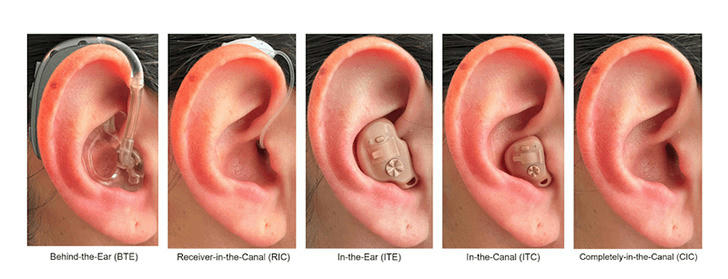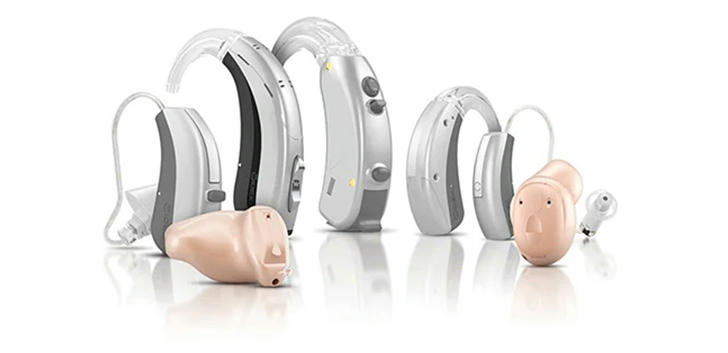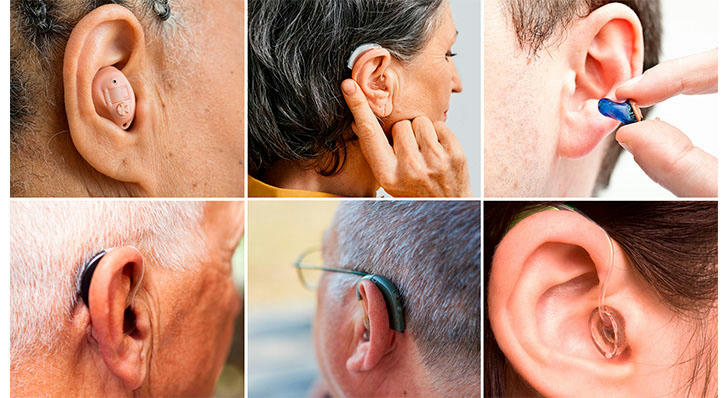How to choose the hearing aid that suits you best?
Choosing the right hearing aid can be a daunting task, especially with the myriad of brands and models available on the market today. Each brand offers unique features, technologies, and styles, making it essential to weigh the advantages and disadvantages before making a decision. This article will explore various popular hearing aid brands, their suitability for different users, and provide specific solutions for individuals with hearing impairments to select the best hearing aids for their needs. Additionally, we will share a case study of a hearing-impaired patient who compared several brands before finding the right fit.

Popular Hearing Aid Brands and Their Features
Phonak
Advantages: Known for its advanced technology, Phonak offers features like Bluetooth connectivity and AI-driven sound processing. Their devices can adapt to various listening environments, enhancing speech clarity in noisy settings.
Disadvantages: Phonak hearing aids tend to be on the pricier side, which may not be suitable for all budgets. Additionally, their advanced features can be complex for some users to navigate.
Suitable For: Individuals with mild to profound hearing loss who frequently find themselves in challenging listening environments.
Oticon
Advantages: Oticon devices are recognized for their exceptional sound quality and user-friendly design. They also offer rechargeable options that are convenient for daily use.
Disadvantages: The cost can be a barrier, as Oticon devices are generally expensive. Some users may find that certain models are not widely available.
Suitable For: Users seeking high-quality sound reproduction and those who prefer rechargeable devices.
Starkey
Advantages: Starkey’s Genesis AI models come equipped with advanced features such as real-time sound adjustments and health tracking capabilities. They also offer waterproof options.
Disadvantages: The advanced technology may require a learning curve for new users, and premium models can be costly.
Suitable For: Active individuals who need durable devices with smart technology.

ReSound
Advantages: ReSound hearing aids provide excellent direct streaming capabilities from smartphones and user-friendly app integration for customization.
Disadvantages: Battery life can vary significantly based on usage patterns, and some users report connectivity issues.
Suitable For: Tech-savvy individuals who prioritize connectivity and customization in their hearing aids.
Signia
Advantages: Signia offers discreet designs with good sound quality, making them appealing for first-time users who prefer less visibility.
Disadvantages: While there are affordable options, high-end models can still be quite expensive, and smaller devices may require more frequent battery changes.
Suitable For: Users looking for discreet options without sacrificing performance.
Eargo
Advantages: Eargo provides over-the-counter hearing aids that are accessible without a prescription. Their compact design is comfortable and includes rechargeable batteries.
Disadvantages: Eargo devices may lack some advanced features of prescription models and are primarily suitable for mild to moderate hearing loss.
Suitable For: Individuals seeking an affordable and convenient solution without professional fitting.
Choosing the Right Hearing Aid
When selecting a hearing aid, individuals should consider several factors:
Level of Hearing Loss: Understanding the severity of one’s hearing loss is crucial in determining which type of hearing aid is appropriate. Audiologists can provide comprehensive assessments to guide this decision.
Lifestyle Needs: Consider how often you find yourself in noisy environments or social situations requiring clear sound quality. This will influence whether you need advanced features like noise reduction or Bluetooth connectivity.
Comfort and Fit: The comfort of wearing a hearing aid throughout the day is paramount. Some users may prefer behind-the-ear (BTE) models for ease of handling, while others might opt for more discreet in-the-ear (ITE) styles.
Technology Level: Hearing aids come in various technology levels—from basic to premium—affecting their performance in different listening situations. Higher-end models typically offer more features but at a higher price point.
Budget Considerations: Hearing aids can vary significantly in price. It’s essential to balance your needs with what you can afford while considering potential insurance coverage or financing options.

Case Study: John’s Journey to Finding the Right Hearing Aid
John is a 65-year-old retiree who began experiencing moderate hearing loss over the past few years. After his audiologist recommended he try hearing aids, John felt overwhelmed by the variety of options available. He decided to compare three brands—Phonak, Oticon, and Eargo—before making his final decision.
Phonak Audéo Paradise: John appreciated the advanced technology that allowed him to stream music directly from his smartphone. However, he found the price tag steep and felt that he might not fully utilize all its features.
Oticon More: The sound quality was exceptional, providing clarity even in noisy environments like restaurants where he often dined with friends. However, John was concerned about the size of the device being somewhat bulky compared to what he envisioned wearing daily.
Eargo Neo HiFi: John found Eargo's design appealing due to its discreetness and ease of use without needing a prescription. However, he realized it might not provide enough amplification for his level of hearing loss.
After careful consideration, John ultimately chose the Oticon More model due to its superior sound quality and performance in various environments despite its higher cost. He felt that investing in a reliable device would significantly enhance his quality of life by allowing him to engage more fully in conversations with family and friends.
Conclusion
Selecting the right hearing aid involves understanding personal needs, preferences, and lifestyle factors while weighing the advantages and disadvantages of different brands. With numerous options available on the market today—from Phonak’s advanced technology to Eargo’s accessible designs—individuals experiencing hearing loss can find solutions tailored to their specific requirements. Consulting with an audiologist is vital in navigating this process effectively, ensuring that users make informed choices that enhance their auditory experiences and overall quality of life.
